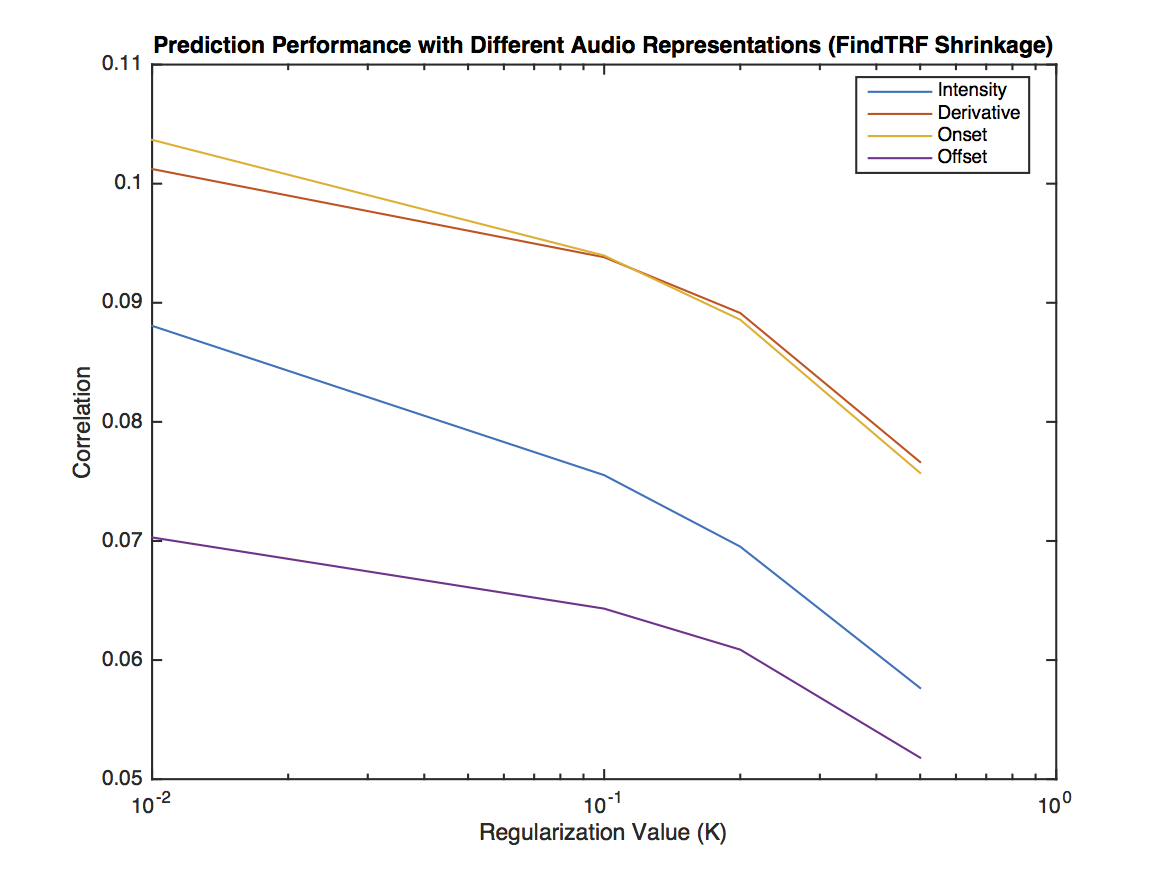Telluride Decoding Toolbox
Overview
The Telluride Decoding Toolbox provides a set of tools that allow users to decode brain signals into the signals that generated - whether the signals come from visual or auditory stimuli, and whether they are measured with EEG, MEG, ECoG or any other neural response for decoding. This toolbox is provided as Matlab and Python code, along with documentation and some sample EEG and MEG data. Although the developers of this toolbox are largely researchers who meet in Telluride, Colorado for a neuromorphic workshop and use EEG to analyze auditory experiments, the tools in this toolbox allow any perceptual stimulus to be connected to any neural signal.

The Telluride Decoding Toolbox takes a new approach. Given a stimulus and the resulting brain response, we want to decode the response to find the original stimuli. In the simplest case, we want to predict the auditory signal that generated the measured EEG response, or we might want to go further and predict to which of two auditory stimuli a user is attending. The goal is to produce a continuous prediction of the neural signals that are likely to be produced by a stimulus (the forward problem), or given an EEG or MEG response, predict the stimulus that generated it.
This is a hard problem. Given an EEG or MEG signal, we can't predict the auditory signal with high fidelity. But we can say with much better than chance whether the subject was listening to speaker A or speaker B. This is information that can be decoded. With better machine-learning technology and more data, the time has come to think about neural decoding. People have done this with spikes, but we want to look at ensembles of signals. While the correlations are still low, we think they will get better with time.
This toolbox allows simple experiments to compare different decoding strategies. The graph to the right shows a comparison of decoding accuracy for four different representations of the input signal. For this EEG data, either the derivative of the intensity, or the positive values of the derivative (the onsets) provides the best decoding accuracy.
Documentation
The complete documentation for this toolbox is available as a Google document (document here) or as a PDF file (PDF here).
Software
The software for this toolbox is available on Github under the Telluride Decoding Workshop project. You may clone the software from this web site. Or if you prefer, you may download the current version of the software from this URL as a single ZIP file: https://github.com/Neuromorphs/telluride-decoding-toolbox/archive/master.zip.
Data
The Telluride Decoding Toolbox also comes with data to illustrate how the toolbox works. This data can be used to validate the software we are distributing, as well as testing new algorithms. The data is available on a Google drive for all to download (Google Drive with Decoding Data).
License
This software is provided under the Apache 2 license. We encourage you to use this toolbox in your work, and we are eager to receive improvements, comments and bug reports.
Publications
Please reference this toolkit as follows: Sahar Akram, Alain de Cheveigné, Peter Udo Diehl, Emily Graber, Carina Graversen, Jens Hjortkjaer, Nima Mesgarani, Lucas Parra, Ulrich Pomper, Shihab Shamma, Jonathan Simon, Malcolm Slaney, Daniel Wong. Telluride Decoding Toolbox. Institute for Neuromorphic Engineering, http://www.ine-web.org/software/decoding, 2015.
Acknowledgements
This toolbox was conceived and the authors were brought together by the Telluride Neuromorphic Cognition Engineering Workshop, held annually in Telluride, Colorado.
We are especially grateful for support we received from BrainVision, which provided EEG equipment for our wild experiments, some of which turned into interesting results. In addition, Mathworks provided MATLAB licenses to many of our students.
The following institutes provided support for the authors of the Telluride Decoding Toolbox: